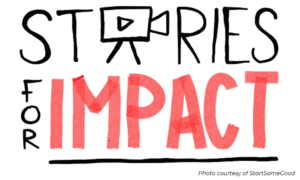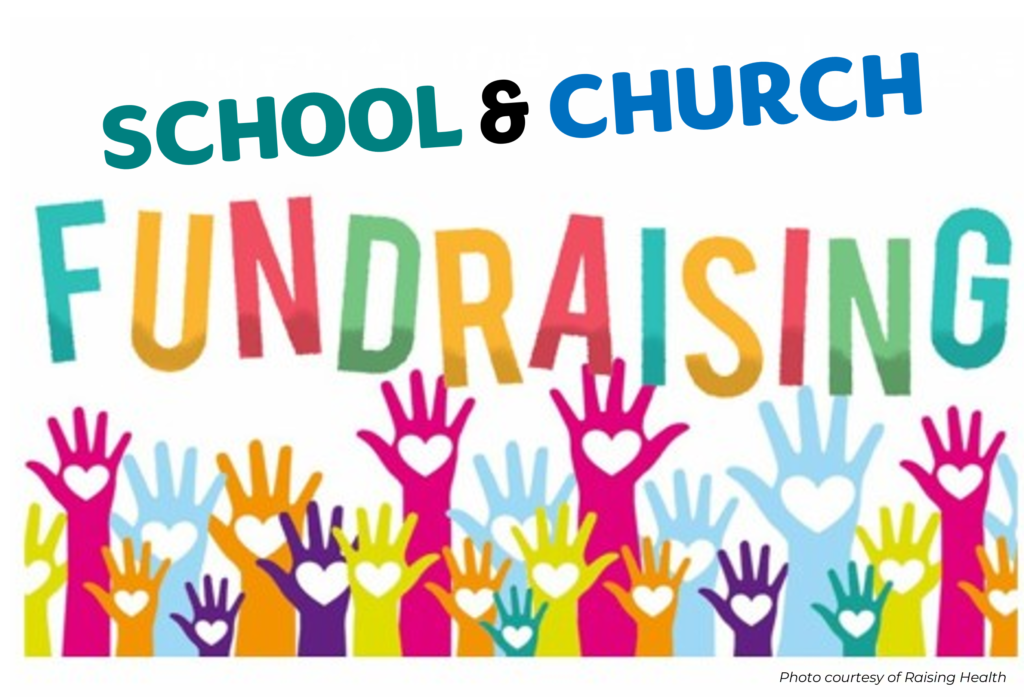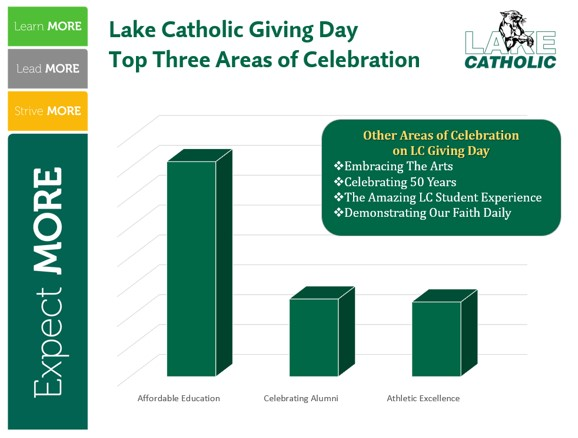We can hear you muttering to yourself, dear Reader….
‘Who’s talking about Year-End fundraising IN APRIL????????’
We certainly believe in planning ahead of time — but eight months may seem a bit ahead of the game. However, keep in mind that some nonprofit organizations’ fiscal years don’t align with the January-December calendar year.
Some organizations, such as schools, colleges/universities and churches/religious institutions — have fiscal years that end in June, April or September. If your Year-End falls mid-year, then your fundraising planning efforts should be starting right about now.
YEAR-END GIVING IS AN IMPORTANT PIECE FOR SCHOOLS & CHURCHES
As their fiscal years end, many schools, churches and religious institutions make their Year-End fundraising campaign a priority. At the end of the year, nonprofits focus on a ‘last push’ for donations to cover program and operational costs and support their mission.
According to a December 2022 Internal Revenue Service Business Master File, nearly two-thirds (64%) of U.S. 501c3 public charities end their fiscal year on December 31 — but another 22% end on June 30, the next most-common year-end. However, that 22% accounts for a whopping 45% of total public charity assets, while the December year-ends only tally 36% of assets.
The takeaway? The pool of end-of-June FY charities is significant. And powerful.
TIMING CAN BE A CHALLENGE FOR END-OF-JUNE FISCAL YEAR NONPROFITS
Admittedly, one inherent hurdle persists for any nonprofit whose fiscal year ends mid-year: training potential donors to think ‘year-end’ urgency in a timeframe that’s not in December. Most people are so used to working for (and donating to) organizations that end their FY with the calendar year. If your nonprofit ends its FY at any time other than December, be advised that your marketing campaign needs to work even more efficiently (and perhaps shout even louder) to shift your audience to a ‘last chance to support!’ mindset. Especially if your plea contains any tax-deduction content; it’s simply not in most folks’ periphery to think ‘I need to get my donations in this week’ in the middle of June.
You may have already shifted some of your major donors to this mindset, so some of the hard work may already be done. But that’s probably a small portion of your donor base. It will take a concerted effort and well-crafted messaging to highlight the significance of your cause, communicate your urgency, and motivate your potential donors to help end your year strong.
PUT YOUR STORIES — AND IMPACT — AT THE FOREFRONT OF YOUR MESSAGE
Before setting your campaign goals and strategies, have open discussions among your nonprofit organization’s leadership team, staff, board members and volunteers. Determine what motivates your supporters to donate, and continue donating? Most likely, it’s the feeling they get knowing the DEMONSTRATED POSITIVE IMPACT your charity can achieve with their generosity that spurs their continued support of your cause.
Identify the most compelling, relatable and personally uplifting stories of impact from the populations you serve. Once you’ve identified your subjects, start a dialogue detailing their personal story:
- What’s the difficult situation your subjects found themselves in?
- What challenges resulted from their situation?
- What kind of support has your nonprofit received from its donor base to combat these challenges?
- What are the positive outcomes achieved as a direct result of this support?
- How critical is continued support to furthering these outcomes?
Well-told personal stories can make readers stop, pay attention, and evoke strong emotions — while clearly demonstrating the evidential and transformative impact of the cause that makes a difference. We’ve touched on a few examples of Year-End Appeal Success Stories in two earlier DonorPoint blogs to help give you some direction.
NOTE: Make sure you have thoroughly vetted the story with your subject throughout this process, making sure that 1) all information is accurate and 2) you have your subject’s approval to (if desired) identify him/her in your story.

DIVERSIFYING YOUR FUNDRAISING MESSAGING
Some donors may want to give, but are still feeling the sting of the steep inflation increases of the last few years. Perhaps their real estate taxes have increased exponentially as home sales and values have skyrocketed. These are just a few of the areas where 2020-to-2023 cost-of-living spikes have changed the playing field for many households’ financial health.
How your messaging speaks to your audience is imperative to the support you receive. Make sure your messaging offers a number of options for giving — it’s OK to acknowledge that some in your audience may be struggling a bit more to make ends meet. However, clearly communicating that the need for your impact is greater than ever will help them understand the importance of their support.
You can follow this up by spelling out the myriad of ways that donors can give their support. For those who can afford a gift right now, a one-time ‘Donate Now’ or recurring subscription-type giving plan may work.
For those whose cashflows are a little tight, there are still giving options that will suffice. Donor Advised Funds (DAFs…we went into some detail on this in a recent blog), appreciated assets such as stocks/securities, or leaving assets from a will/trust/estate could be the answer. These are ways to support causes you care about without needing a large sum of money upfront.
Another option: ask your donors to check with their employers about a matching program. Many employees are unaware that their employers have an initiative in place to match their contributions to a qualifying organization).
Others may prefer to donate their time or talent free of charge to your organization as an in-kind gift. Be inclusive in your marketing campaigns; if you make everyone feel like part of the solution and that they can support regardless of their current financial situation, you’ll have more success in your campaigns.
CONSIDER AN EVENT COMPONENT
Hosting a school or church event might be another viable option to diversify your fundraising options, connect with donors, and foster in-person congregation — in addition to raising money for your organization. For the last several years, DonorPoint has worked with a K-8 school on all facets of its annual Family Festival, to great results. Another of our recent blogs touts the role that Events (and also Raffles, live and silent Auctions, and Contests) can play in a successful fundraising plan. Other high-yield Event ideas include:
- Fun Runs/Walks
- Bowl-a-Thons or other ‘a-Thon’ activities
- Concerts
- Competition-based Events such as golf outings and trivia nights


